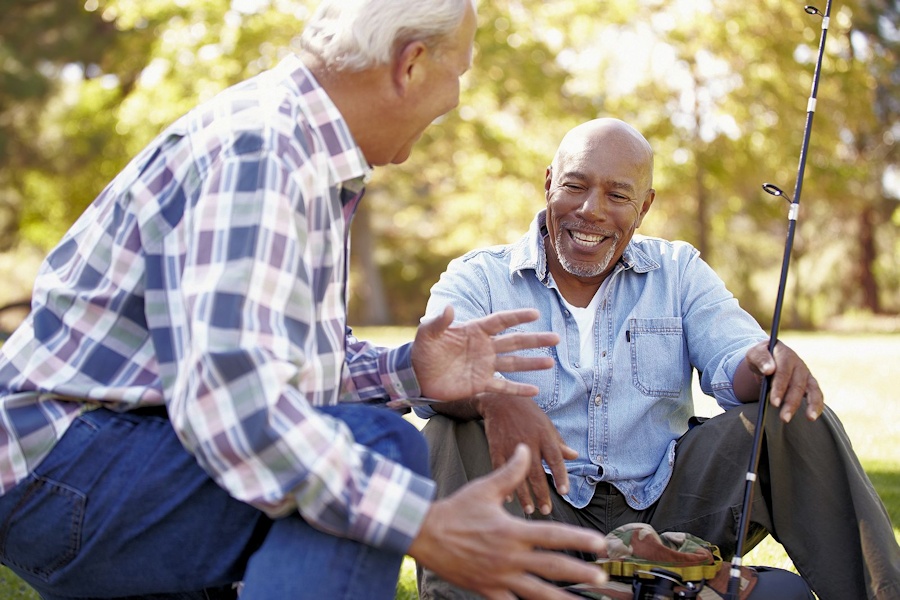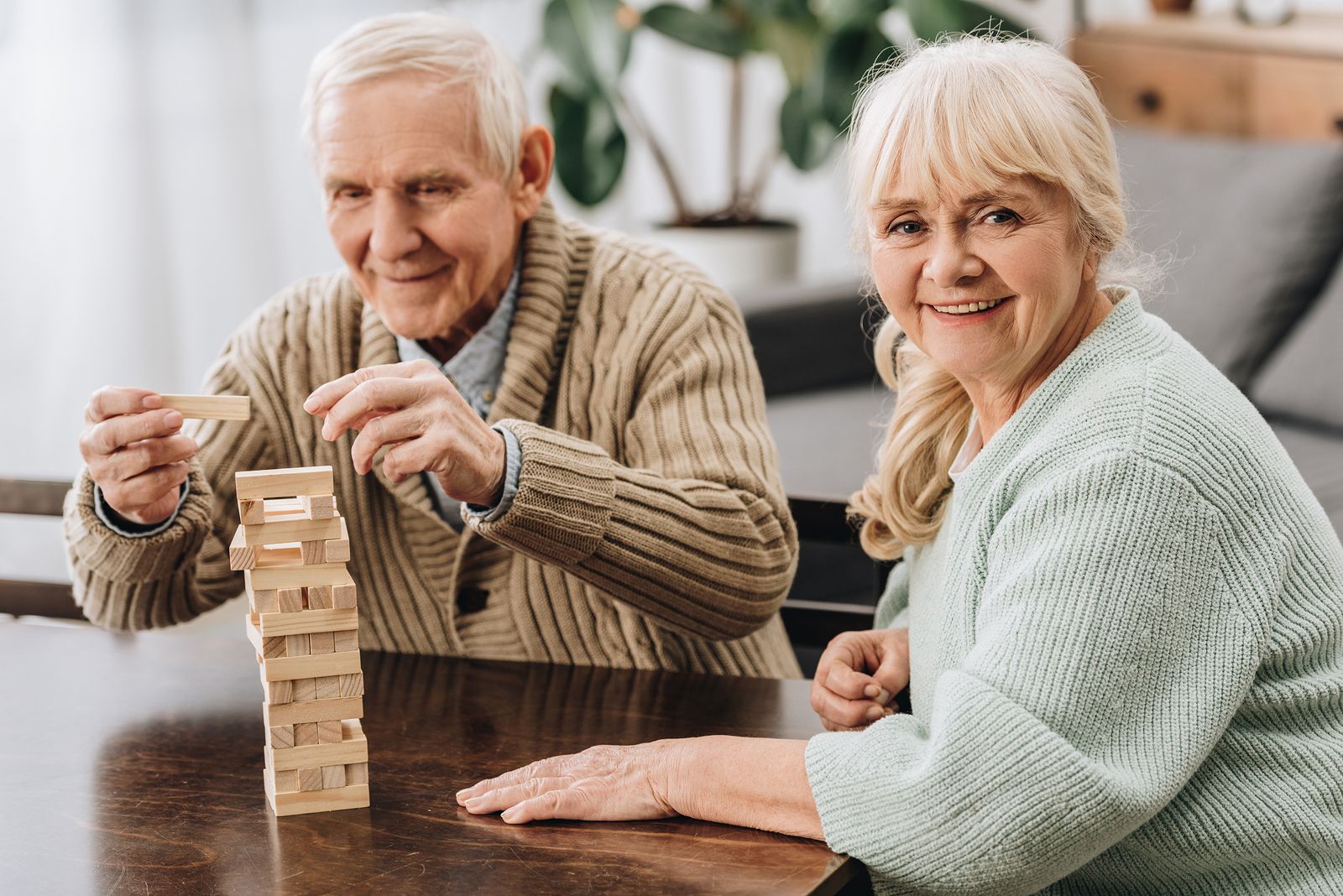
What Does Body language Tell Us?
Speaking is not the only way people communicate with each other. Our bodies also convey messages. Without even realizing it, we make facial expressions and gestures with our bodies that can tell a lot about what we may or may not be feeling.
All experts do not agreement about the significance or power of body language. Some believe nonverbal cues can play an even more telling role in communication than words. Others see body language as less meaningful.
It’s probably safe to say that it’s often a combination of verbal and body language that tells the full story. After all, if someone leans back in a chair during a conversation, it might be because the person is distracted or bored. … but it also could be simply that the person is just getting comfortable so he or she can really listen to what is being said.
A few examples of how some of our gestures MAY be interpreted…
- Facial Expressions: Faces tend to express emotions and feelings in similar ways. It isn’t difficult to recognize joy, sadness, anger, fear, or surprise in someone else’s face. Such feelings are often impossible to hide because they spontaneously show on our own faces without conscious thought. Some people are better than others at keeping their facial slate blank.
- Posture: Whether our posture is erect or our shoulders are hunched may suggest something to those around us about our attitude or outlook. Good posture can be seen as a sign of confidence and self-assuredness, but an exaggerated carriage could also be interpreted as pretentious or even arrogant. Slumped shoulders might reflect a sense of insecurity or nervousness. On the other hand, poor posture could simply be a sign of fatigue or stress… it may merely be the way someone is most comfortable carrying themselves.
- Crossed legs: Most people cross their legs without thinking about it. But the way we cross our legs may be interpreted in a certain way by others. Many of us in the “seasoned” years of life were taught as children that it was “proper” to cross our legs at the ankles. We were told that setting an ankle on a knee was inappropriate, especially in a professional environment. Nowadays, however, an ankle crossed over a knee may suggest confidence to some people, while legs crossed at the ankle can seem straight-laced or reserved.
- Crossed arms: Lots of us cross our arms in front of our bodies. As common as it is, crossed arms can be misconstrued in a negative way. Crossed arms may be perceived as defensive, self-protective, close-minded, disinterested, or bored. Research has shown, however, that crossing arms may simply mean that someone is thinking intently. In fact, crossing your arms uses both creative and analytical sides of the brain and can help with the thought process and problem-solving.
- Eye contact: Eyes are often described as “the gateway to the soul.” The statement may be debatable, but eyes certainly can be expressive. Our eyes grow wide with surprise. They reflect the joy of a smile. They display aggression and anger. They well up with tears if we‘re sad. When it comes to making or keeping eye contact with another person, the meaning of the act actually varies from culture to culture. In the United States, direct eye contact sends a positive message. It shows attentiveness and respect. In some other cultures, however, direct eye contact is found to be impolite or aggressive.


Age Adds Flavor
We are not old, we are seasoned!
Don’t forget to visit us on FACEBOOK!
